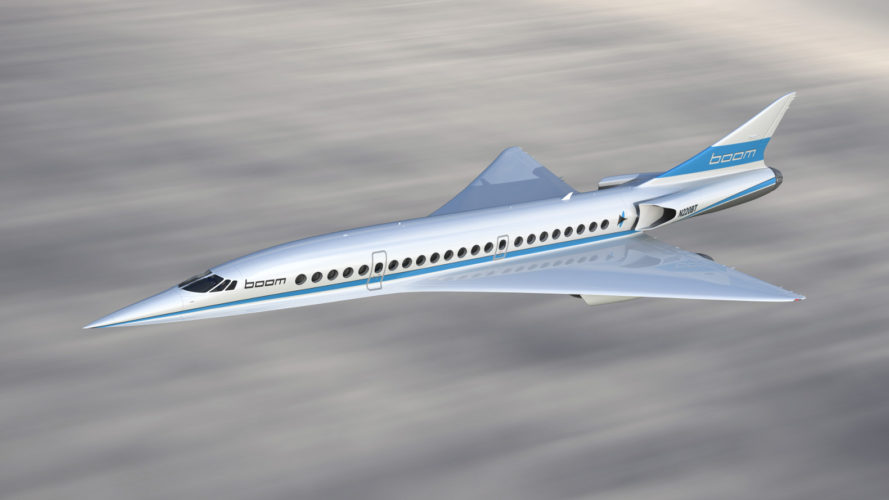
For decades, the idea of supersonic passenger travel has been both a marvel and a challenge. Following the retirement of the Concorde in 2003, the aviation industry lacked a commercially viable supersonic aircraft. Enter Boom Technology, a Colorado-based aerospace company that is redefining the future of high-speed air travel with its XB-1 prototype, also known as the “Son of Concorde.”
What is the XB-1?
The XB-1 is Boom’s supersonic demonstrator aircraft, designed to pave the way for Overture, the company’s planned supersonic airliner. The XB-1, a smaller-scale prototype, represents the cutting edge of aeronautical engineering. Its primary purpose is to test technologies, materials, and designs that will make supersonic passenger flights safe, efficient, and environmentally responsible.
Key Specifications of the XB-1
The XB-1 is a marvel of innovation and precision. Here are some of its standout features:
- Speed: Capable of reaching Mach 1.7, the XB-1 flies over twice as fast as today’s commercial airliners.
- Length: The aircraft measures 71 feet (21.6 meters), making it compact but powerful.
- Material: Constructed with advanced carbon composites for high strength and heat resistance.
- Engines: Powered by three General Electric J85-15 turbojet engines, delivering the thrust needed for supersonic speeds.
- Efficiency: Designed with a refined fuselage and delta wings to minimize drag and maximize fuel efficiency.
Innovative Design and Technology
The XB-1 incorporates numerous cutting-edge technologies:
- Sustainability: The aircraft is designed to operate using 100% sustainable aviation fuel (SAF), aligning with Boom’s commitment to reducing carbon emissions.
- Aerodynamics: Its sleek, elongated design minimizes sonic booms, addressing one of the major challenges of supersonic travel.
- Vision System: With no front-facing windows, the XB-1 uses a forward-looking camera system to provide pilots with a comprehensive view, enhancing safety and efficiency.
Why is the XB-1 Important?
The XB-1 is more than just an experimental aircraft; it’s a statement about the future of aviation. By successfully demonstrating the feasibility of modern supersonic travel, Boom Technology aims to bring back the golden era of fast, efficient, and luxurious air travel—with a modern, sustainable twist.
The XB-1’s first supersonic test flight is scheduled for January 28, 2025. During this flight, the aircraft will spend approximately four minutes at supersonic speeds, marking a significant milestone for the company and the industry.
Who Stands to Benefit?
Boom’s ultimate goal is to develop Overture, a supersonic airliner designed to carry passengers at Mach 1.7, cutting flight times in half. The potential beneficiaries of this technology include:
- Business Travelers: Imagine flying from New York to London in just over 3 hours.
- Global Citizens: Faster travel will make the world more accessible, fostering greater connectivity.
- Environmental Advocates: With sustainable aviation fuel, Boom aims to minimize the environmental impact of supersonic travel.
Challenges and the Road Ahead
While the XB-1 is a groundbreaking project, it’s not without its challenges. Supersonic travel faces hurdles such as regulatory approval, cost efficiency, and overcoming public concerns about noise pollution and emissions. However, Boom Technology’s commitment to innovation and sustainability positions it well to address these issues.
A New Era of Flight
The XB-1 represents more than just an aircraft; it’s the embodiment of a dream to make the world smaller through faster and more efficient travel. With its first supersonic flight on the horizon, Boom Technology is bringing us closer to a future where crossing continents in hours is not just a luxury but a standard.
As the Son of Concorde takes to the skies, it’s not just about speed—it’s about connecting people and ideas faster than ever before. The XB-1 is a bold step toward the next chapter in aviation history.

Leave a Reply